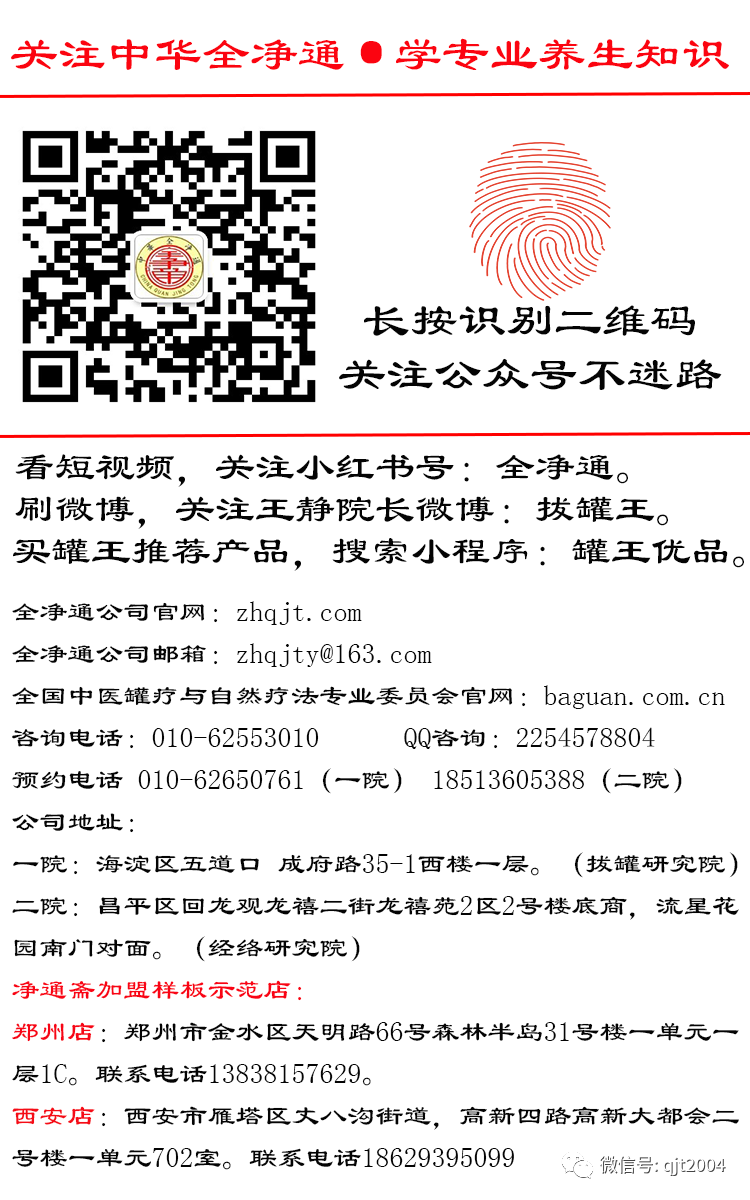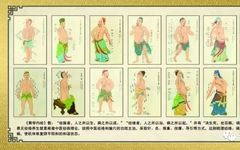People with interesting souls around the world are following Quan Jing Tong.
Follow me for daily knowledge.

What is Cupping Therapy?

In fact, Quan Jing Tong has always mentioned that the combination of moving cupping and stationary cupping yields better results, and we have discussed the methods of moving cupping before. Today, let’s learn in detail.
Moving cupping therapy is a type of cupping therapy.
Moving cupping therapy uses cups as tools, applying an appropriate amount of cupping oil to the area of the body where cupping will be performed, removing the air inside to create negative pressure, allowing it to adhere to the skin. Then, the cup is moved back and forth over the area to create a reddening or bruising effect on the skin, serving as a method to prevent and treat diseases.

What are the benefits of moving cupping therapy?

Using moving cupping therapy can help regulate internal medicine, urology, gynecology, surgery, and trauma-related diseases.
Moving cupping can unblock meridians, promote Qi and blood circulation, relieve fatigue, and enhance physical strength. At the same time, moving cupping can improve skin condition, enhance muscle endurance, and promote gastrointestinal motility, alleviating constipation.
For individuals with weak constitutions, low immunity, or poor digestive function, moving cupping can be a beneficial health maintenance method.

How to perform moving cupping therapy

First, choose appropriate cups for moving cupping; larger cups can be used on the back, while smaller cups are suitable for the legs. The cups must be sterilized, especially when sharing a set of cups.
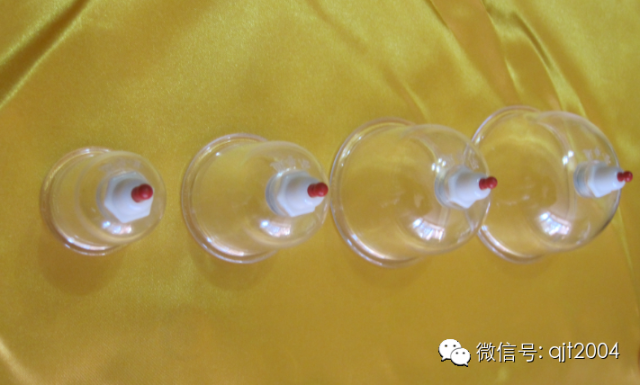
Second, select the area for moving cupping; it is essential to choose the corresponding meridian related to the condition being treated, preferably on a large, flat area such as the knee or shoulder.
Third, apply cupping oil to the selected area; if cupping oil is unavailable, petroleum jelly can be used as a substitute.
Finally, place the cup, ensuring it is not too tight (it is best to use a suction cup for safety and ease of operation), then hold the cup and move it back and forth along the meridian. For the knee, elbow, and shoulder, move the cup in both clockwise and counterclockwise directions until the skin in the cupping area becomes red, congested, or shows bruising. This usually takes about 10 minutes. Different constitutions and conditions may result in different types of marks appearing.
After removing the cup, cover the skin with a soft towel and gently massage.

Moving cupping therapy is generally divided into two types: local moving cupping and meridian moving cupping:

Local moving cupping: Centered on the affected area, perform small range rotations up, down, left, and right. For example, in the case of shoulder periarthritis, slow clockwise and counterclockwise movements can be performed on the shoulder.
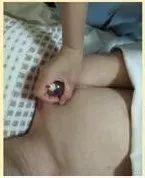
Meridian moving cupping: Focus on the meridians related to the condition, performing larger range moving cupping treatments. For example, for lumbar muscle strain, moving cupping can be performed along the Du Meridian and Bladder Meridian with up and down movements.
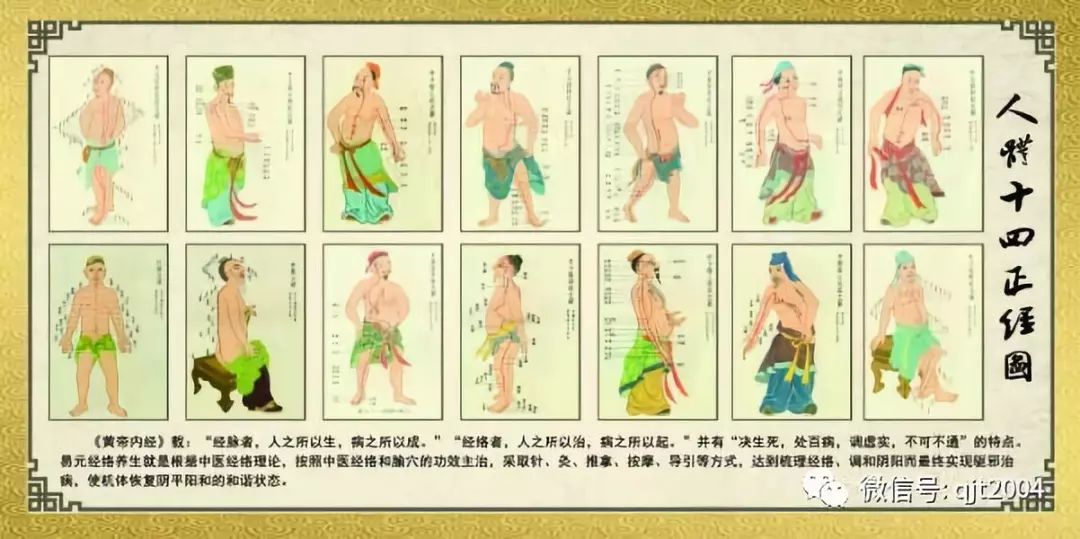

Precautions for moving cupping therapy

When performing moving cupping, do not create too much suction initially; keep it loose enough for the recipient to feel a stimulating sensation that is bearable. Gradually increase the pressure according to the degree of skin reddening.
During the process of moving the cup, apply pressure with your hand to keep the vacuum cup tight before moving; this will make the process less painful.
Always apply lubricant when performing moving cupping; dry cupping can cause skin damage.
Ensure that the pressure applied during moving cupping is even.

Who should avoid moving cupping?

1. Individuals with skin allergies, ulcers, edema, or those in areas with major blood vessel distribution should not use this method.
2. Friends with specific medical conditions are not suitable for moving cupping.
